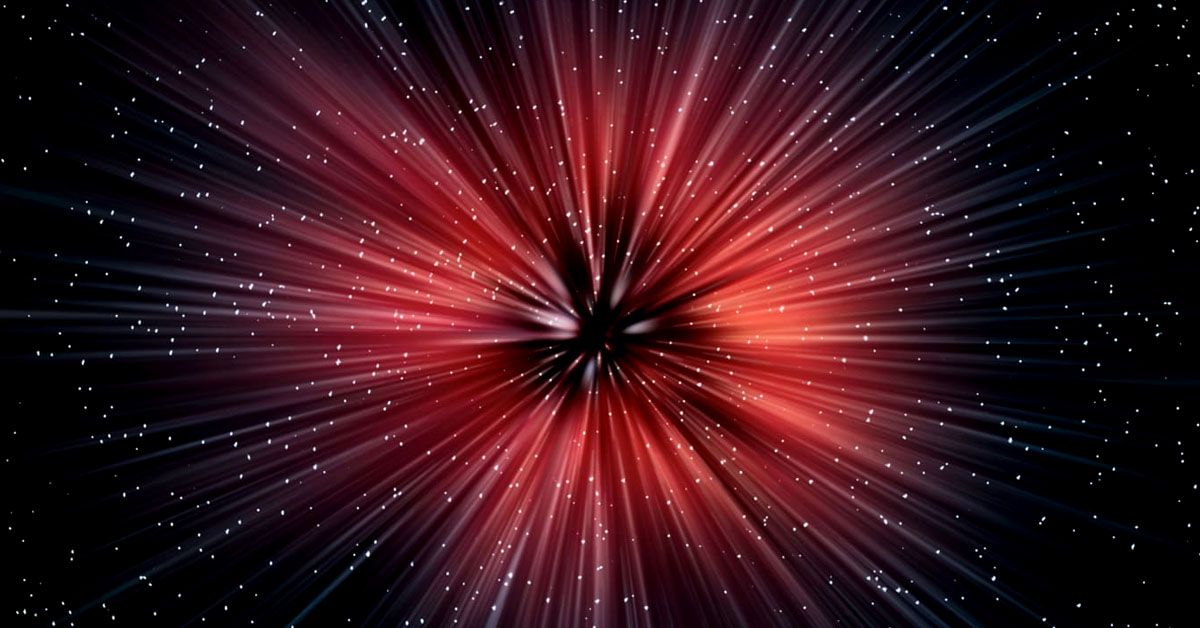The concept of the universe expanding has been widely held for a significant period. This notion is supported by extensive scientific investigations and observations.
However, recent studies propose that this widely accepted belief may not be as it seems. Lucas Lombriser, a professor specializing in theoretical physics at the University of Geneva, presents an alternative viewpoint.
Lombriser's research offers potential explanations for perplexing components known as dark energy and dark matter, which collectively account for approximately 95% of the energy and matter in the universe.
Nevertheless, how can a concept as firmly established as the expansion of the universe be called into question?
How Do We Determine the Universe's Expansion?
Our current comprehension of the universe's expansion primarily relies on the careful observation of the motion exhibited by galaxies located at great distances. To gain insights into this expansion, scientists have scrutinized a phenomenon commonly referred to as "redshift."
When we examine galaxies that are far away from us, the light emanating from them tends to exhibit a redder hue compared to what it would manifest if those galaxies were in close proximity.
This apparent shift towards the red end of the light spectrum occurs due to the movement of these galaxies away from us.
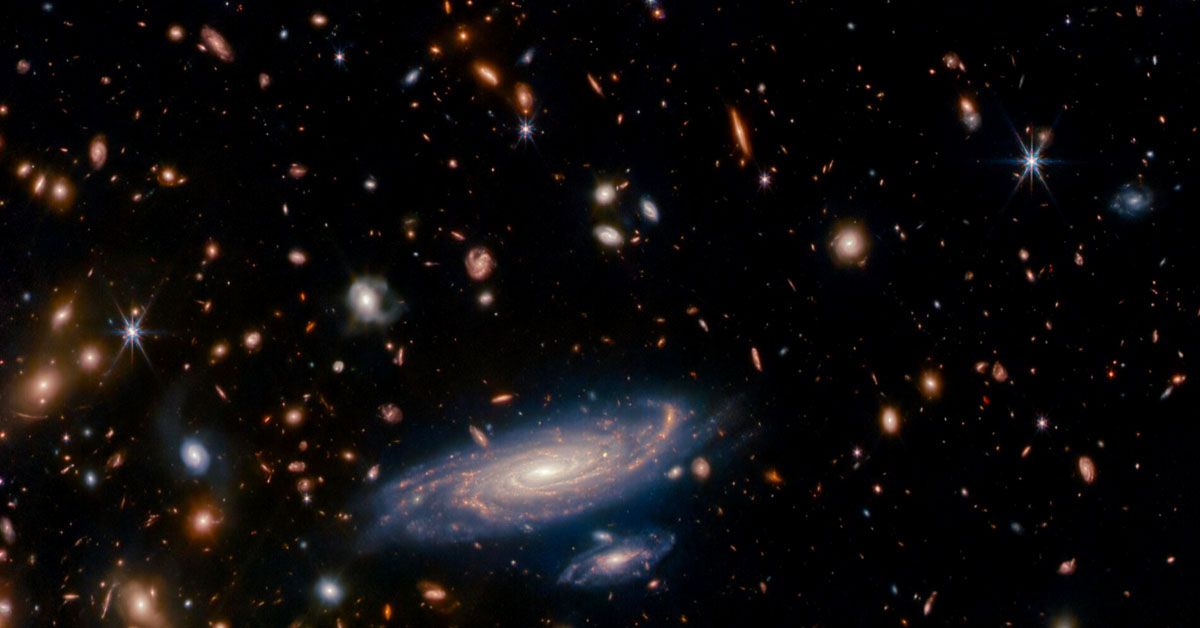
To illustrate this concept, we can draw an analogy with the way a passing ambulance alters the pitch of its siren. As the ambulance moves farther away, the sound waves produced by the siren become elongated, resulting in a lower pitch.
Similarly, as galaxies move away from us, the light waves they emit become stretched out, causing the light to appear redder. This phenomenon, known as redshift, represents a critical piece of evidence substantiating the notion that the universe is undergoing expansion.
Adding to the intrigue, recent discoveries have unveiled that the expansion of the universe is not only transpiring but also accelerating over time. This acceleration was captured by the cosmological constant, symbolized by the Greek letter lambda (Λ).
What is the Cosmological Constant?
In order to delve further into the topic, let us examine the cosmological constant, which is also referred to as lambda (Λ). This concept holds significant importance in our comprehension of the universe.
Albert Einstein initially proposed the cosmological constant to maintain a static universe, countering the gravitational forces that would otherwise lead to its collapse.
However, when scientists revealed that the universe was actually expanding rather than static, Einstein dismissed the notion, deeming it as his "greatest mistake."
Subsequently, the cosmological constant made an unexpected resurgence when researchers discovered that not only is the universe expanding, but this expansion is also accelerating.
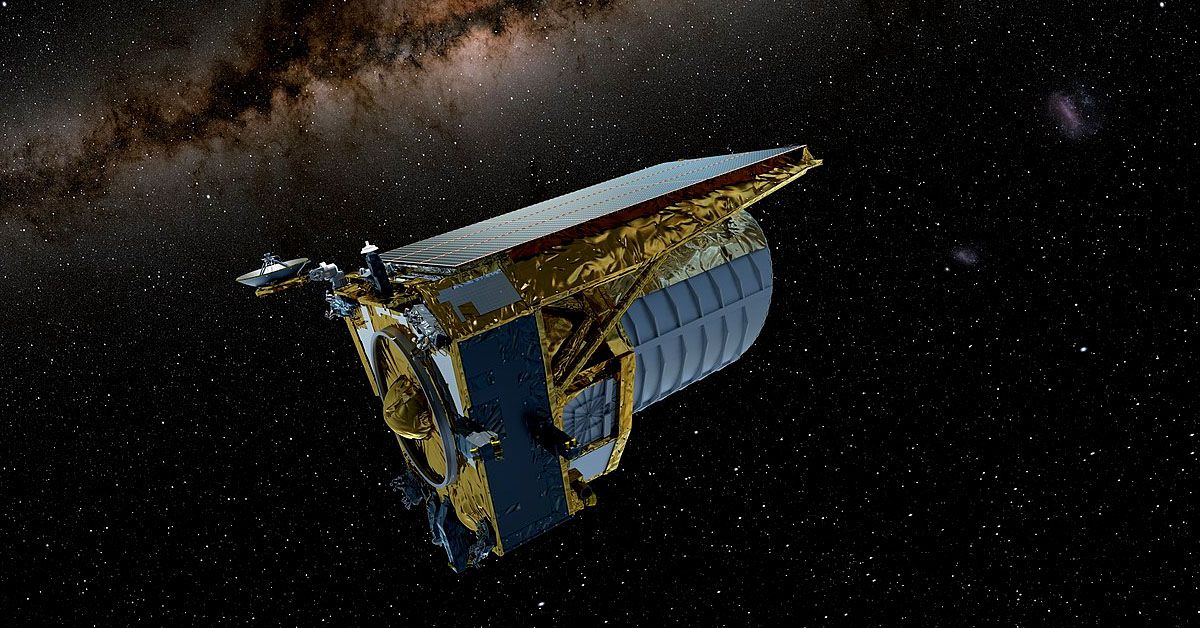
So, the cosmological constant was reinstated, this time to explain this strange acceleration. Though the cosmological constant provides an explanation for the accelerating universe, it also presents a confounding puzzle.
The theoretical predictions for the value of the cosmological constant do not match the observed values from astronomical measurements. The predictions suggest a value many orders of magnitude higher than what astronomers observe.
The inconsistency between theoretical predictions and observational data in cosmology has posed a persistent challenge known as the "cosmological constant problem."
This enigma, a prominent topic in contemporary physics, has instigated scientists to scrutinize our foundational comprehension of the cosmos.
Introducing Lombriser's Mathematical Interpretation
Enter Lucas Lombriser with a new perspective that challenges the conventional understanding of the cosmos. Lombriser suggests that our perception of an expanding universe might be an illusion resulting from misinterpretation of the observed redshift.
According to his work, the universe might not be expanding at all. Instead, it could be static and flat. This new viewpoint is based on a unique mathematical interpretation that Lombriser proposes in his research.
The theory he proposes aims to address the challenge posed by the cosmological constant and, concurrently, provides a fresh perspective on elucidating the observable universe, devoid of presuming its expansion.
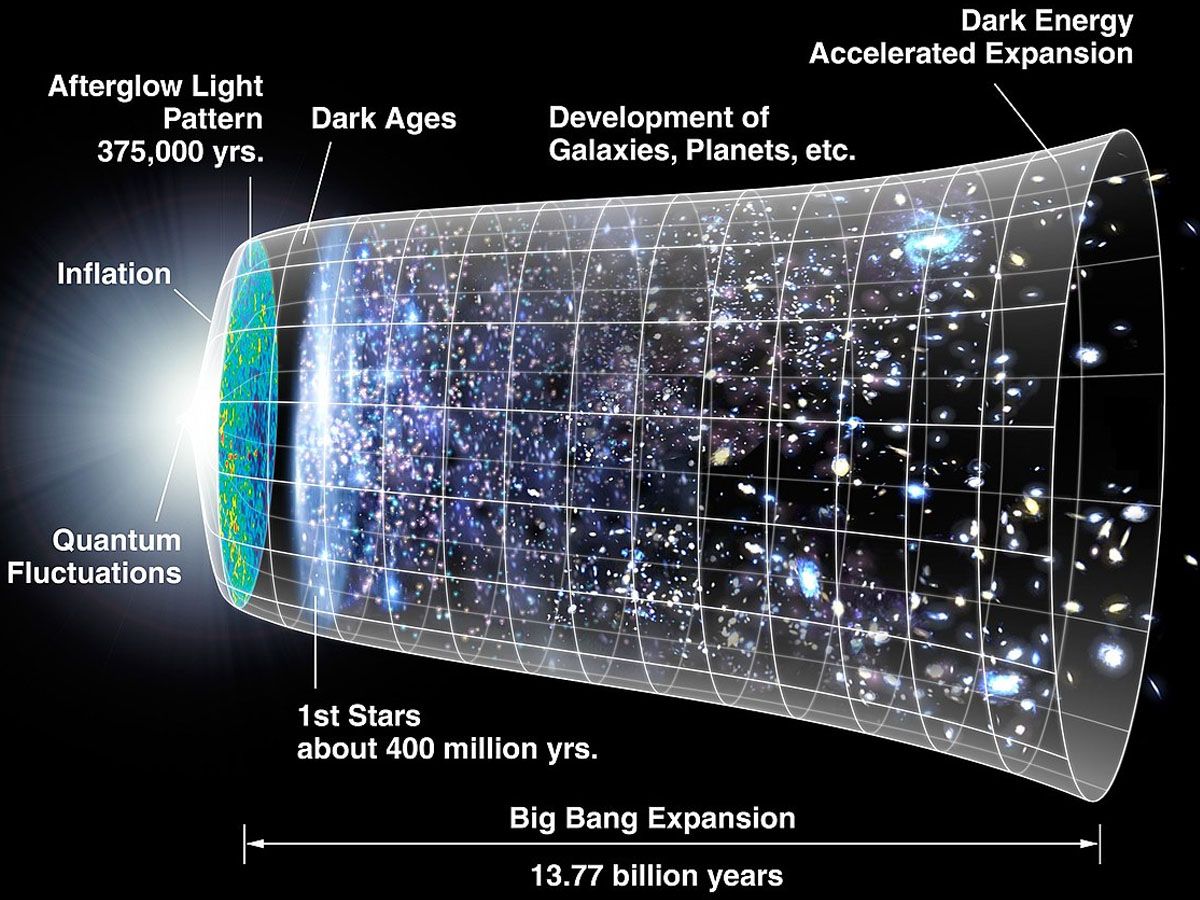
Lombriser's approach revolves around the concept of evolving particle masses. He suggests that the effects we attribute to the expansion of the universe might instead be a consequence of the evolution of particle masses over time.
According to this new perspective, the cosmological constant is not a measure of the universe's accelerating expansion. Instead, it reflects changes in particle mass. As particle masses evolve, the cosmological constant varies, giving the appearance of an expanding universe.
It's as if we have been looking at a magic trick, misinterpreting the sleight of hand as real magic. If Lombriser's interpretation is correct, it could dramatically reshape our understanding of the cosmos.
Redefining Dark Energy and Dark Matter
Dark matter, the elusive substance that makes up about 27% of the universe, has long been a subject of intrigue and mystery. We can't see or detect it directly, yet we believe it's there because of the gravitational effects it has on galaxies.
In his theory, Lombriser presents a fresh perspective on dark matter. He proposes that fluctuations in the field, resulting from evolving particle masses, could behave like hypothetical particles called axions, a potential candidate for dark matter.

In essence, these fluctuations could offer a new understanding of the elusive nature of dark matter.
As for dark energy, the force theorized to be driving the acceleration of the universe's expansion, Lombriser's theory might make it unnecessary. His model suggests that what we attribute to dark energy could instead be explained through different evolutionary paths of particle masses.
Challenges and Implications of the New Model
While Lombriser's theory is captivating and offers solutions to some of the biggest puzzles in cosmology, it's important to exercise caution. Some aspects of this theoretical model might not be directly observable, at least with our current technology and methods.
Therefore, testing and verifying this model could prove challenging in the near future. It's an important reminder that while theoretical frameworks provide exciting paths to explore, their value ultimately lies in their testability and alignment with observations.
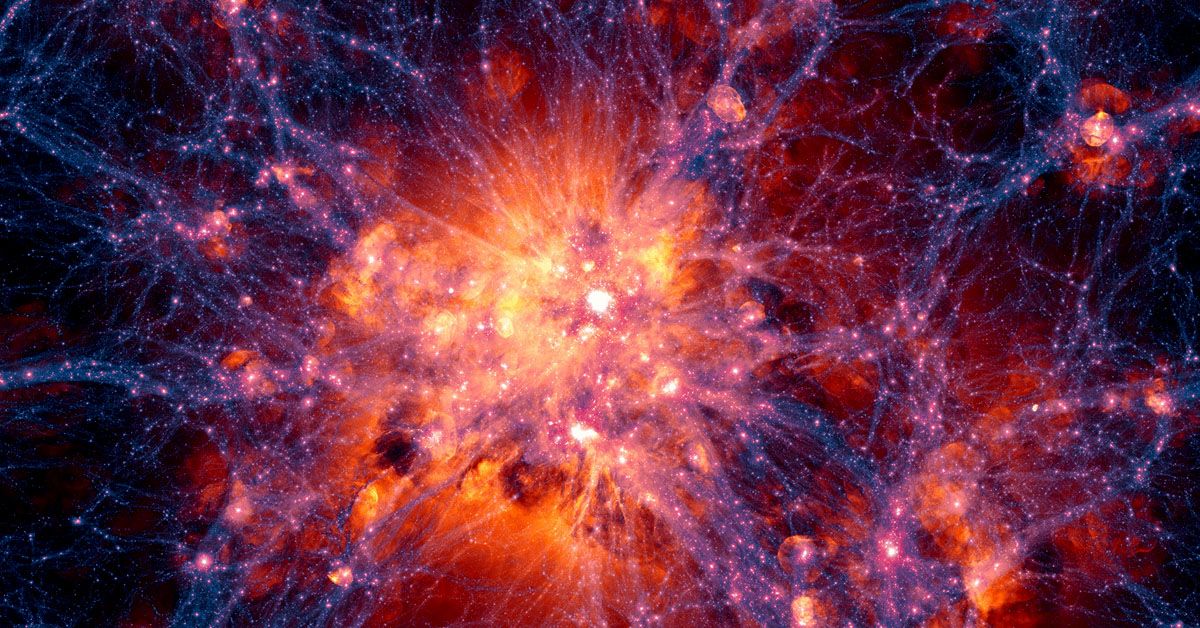
Should Lombriser's theory be verified, it has the potential to bring about a significant paradigm shift in our comprehension of the cosmos.
By offering a resolution to the enduring enigma of the cosmological constant and presenting a fresh perspective on the essence of dark matter and dark energy, this theory carries profound implications.
It would not only impact our perception of the universe's historical, current, and future states but also serve as a vivid testament to the incessant evolution of our understanding.
With each novel theory, we embark upon a progressive journey toward attaining more profound insights into the workings of the universe.
Sources: iop.org
